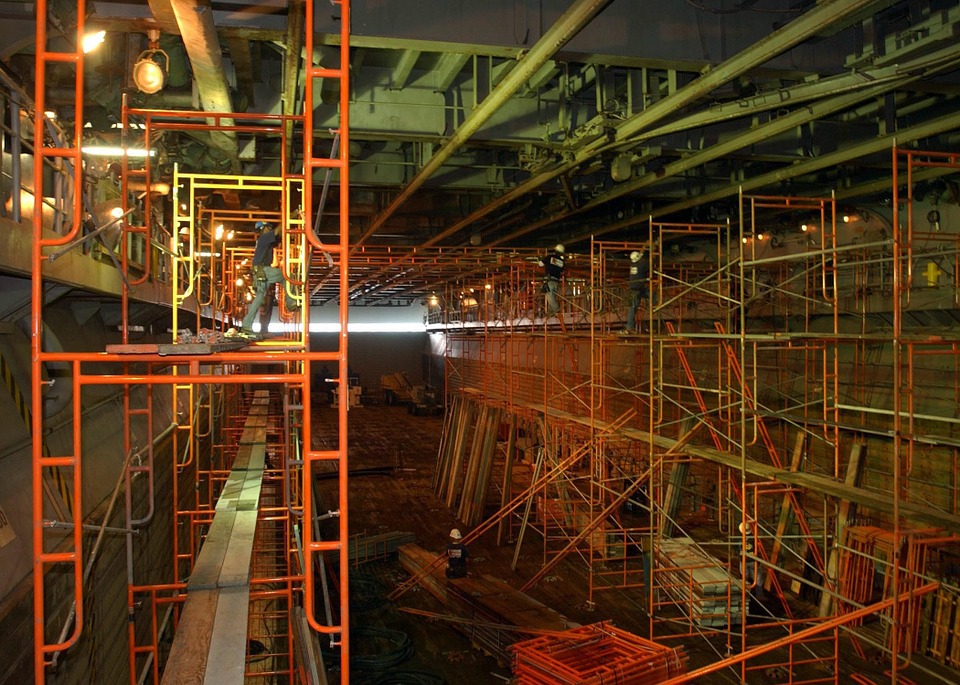Working at heights is inherently risky, and precautions must be taken to avoid injury. General industry standards require workers to be provided safety measures when they are working at least four feet above a lower level.

Here are ten essential tips to ensure that workers working at heights are safe:
One. Create a safety plan.
Before commencing work, inspect the site and assess safety risks. Then create measures to address them. You should not only consider the risks to workers at height but also those at ground level.
Two. As much as possible, perform a bulk of the work while on the ground.
Try to minimize the amount of time that workers have to spend at height to reduce safety risks. Work at height should only be assigned to experienced workers and performed under close supervision.
Three. Use passive fall protection systems.
Passive systems are those that don’t require the worker to interact with them to ensure their safety. Examples of these systems are netting and guardrails. Since workers engrossed in their job may not be paying attention to their surroundings, a passive system will help to ensure that they are safe.
Four. If you are using active systems, choose the right ones.
Active systems are those that require the worker to interact with them actively. Examples of these are personal protection systems that require the worker to have on a full-body harness and attach a tether that will arrest their fall.
If you are using personal protection equipment, make sure that it fits the specific conditions in for the surroundings and the type of work being done there. The worker should also be trained on how to use it properly.
Five. Use ladders safely.
Ladders are very common pieces of equipment found on construction sites. Falling off ladders is also one of the most frequent types of workplace accidents. Thus, workers should be trained to use ladders correctly. Here are some things to bear in mind:
- Ladders should only be set up on level ground. Avoid muddy, wet, or icy surfaces.
- The hinged metal braces should be straight and locked down before workers climb on it.
- Don’t stand or sit on the top step, or lean too far to the right or left.
- Carry supplies and tools in a tool belt or holster, so that the worker’s hands are free.
Six. Choose the right method of working at heights.
There are three possible solutions to working at heights – ladders, lifts, or scaffolds. Choose the right one, depending on how high up the work area is. Also, make sure that the safety measures used are appropriate for that solution.
Seven. Understand your roofing regulations.
These regulations define what fall protection measures are available to contractors working on rooftops. Violating these may not only compromise the safety of workers but also result in penalties and fines. So make sure that you either familiarize yourself with these regulations or speak to someone familiar with them.
Eight. Ensure safety when using lifts.
The right fall protection procedures should be followed when on a lift. For instance, when using a lift, persons on it should be tied down at all times. This will keep them safe in case someone forgets to secure the chain or close the gate. Also, both feet should be on the platform at all times.
Nine. Workers should be trained in safety procedures.
Aside from providing the proper equipment and securing tools, this is the best thing you can do to keep your workers safe. OSHA explains that falls are the primary cause of death in construction sites, but this can be avoided by giving your workers the information they need.
Ten. Have a rescue and evacuation plan ready.
If a worker falls, retrieving them as quickly as possible may spell the difference between life and death. Thus, you should have a plan ready to retrieve them and to provide the necessary first aid before emergency services arrive.
There should also be workers at the site who have been trained in rescue procedures and handling rescue equipment. These should be the point persons in any rescue attempt. They will assess the situation and determine the correct method to follow, as well as contacting the fallen worker to determine their status.






